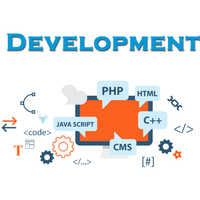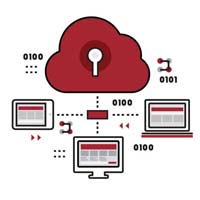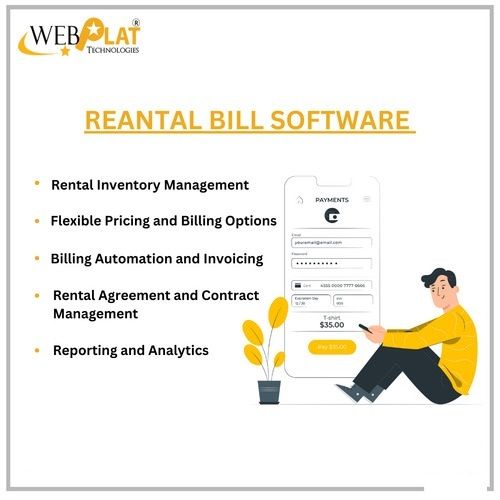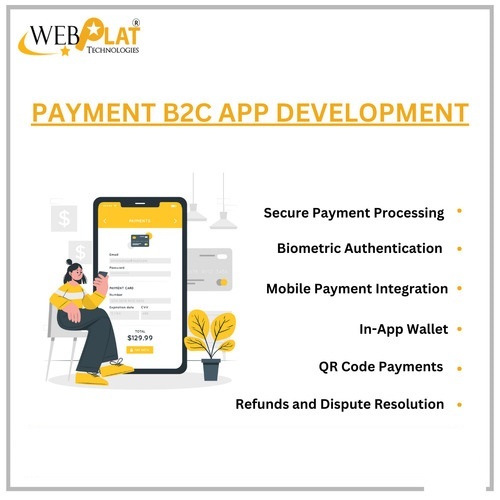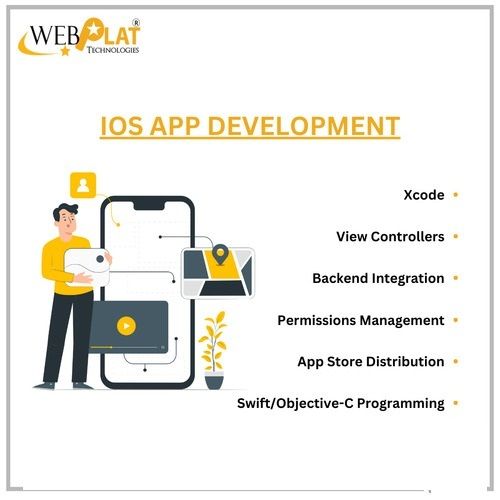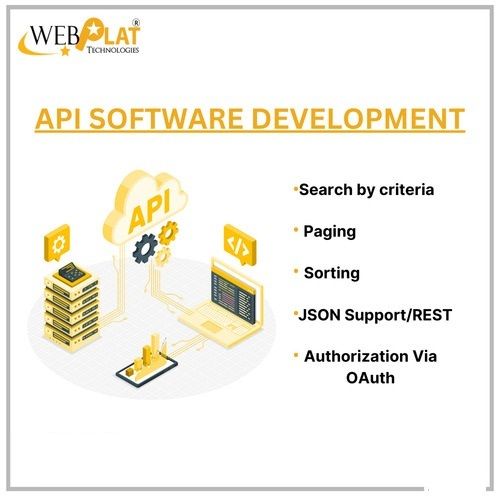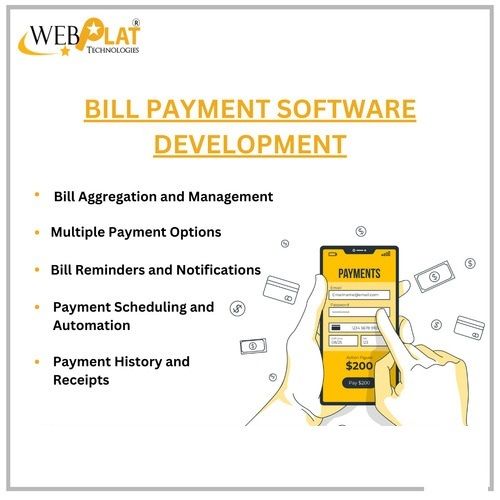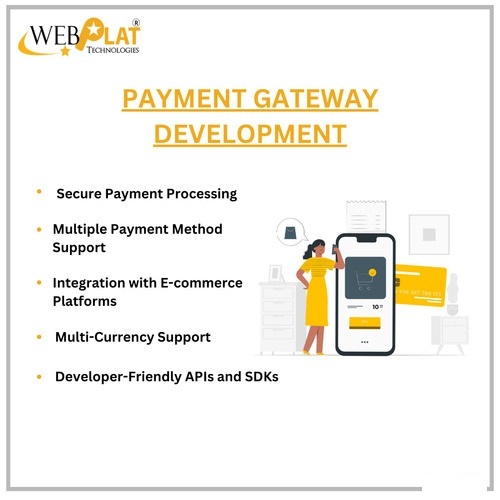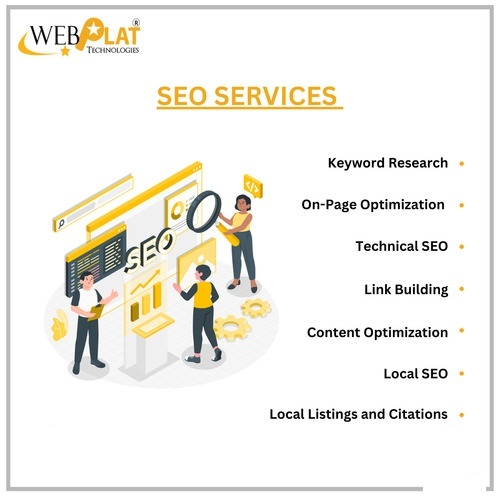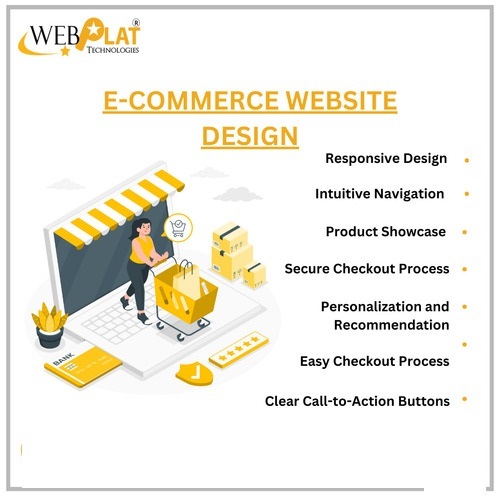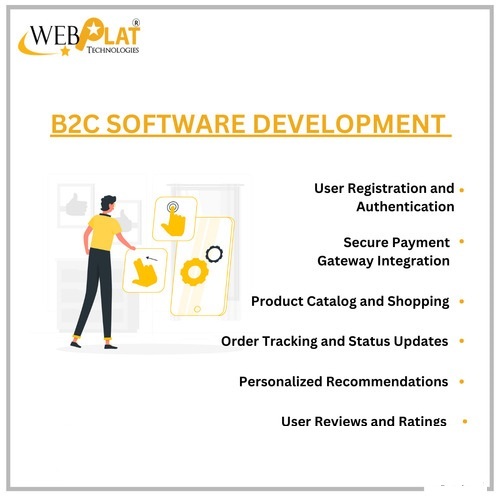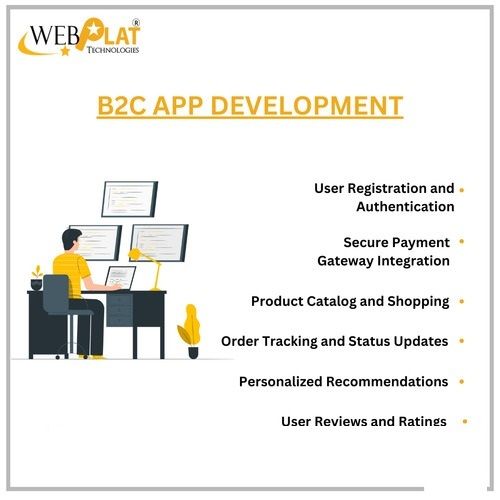
B2c App Software Development Services
Price:
Get Latest Price
In Stock
Product Specifications
| Platforms | iOS, Android |
| Development | Agile methodology |
| Languages | Swift, Kotlin, Java |
| Databases | PostgreSQL, MySQL |
| Security | End-to-end encryption |
| Compliance | GDPR, CCPA |
| Usage | B2C app creation, deployment and maintenance for end users |
| Features | User-friendly design, Secure payments, Product catalog, Order tracking, Personalized recommendations, User reviews |
| Delivery Time | 10 Days |
| Main Domestic Market | Maharashtra |
| GSTIN | 0% |
Product Overview
Key Features
Company Details
Business Type
Service Provider
Employee Count
30
Establishment
2014
Working Days
Monday To Friday
Payment Mode
Others
Certification
ISO 9001:2015
Explore Related Categories
More Product From This seller
Seller Details
Pune, Maharashtra
Hr Department
Mr
Address
406, Navale Icon, Navale Bridge, Narhe, Pune, Maharashtra, 411041, India
Report incorrect details









